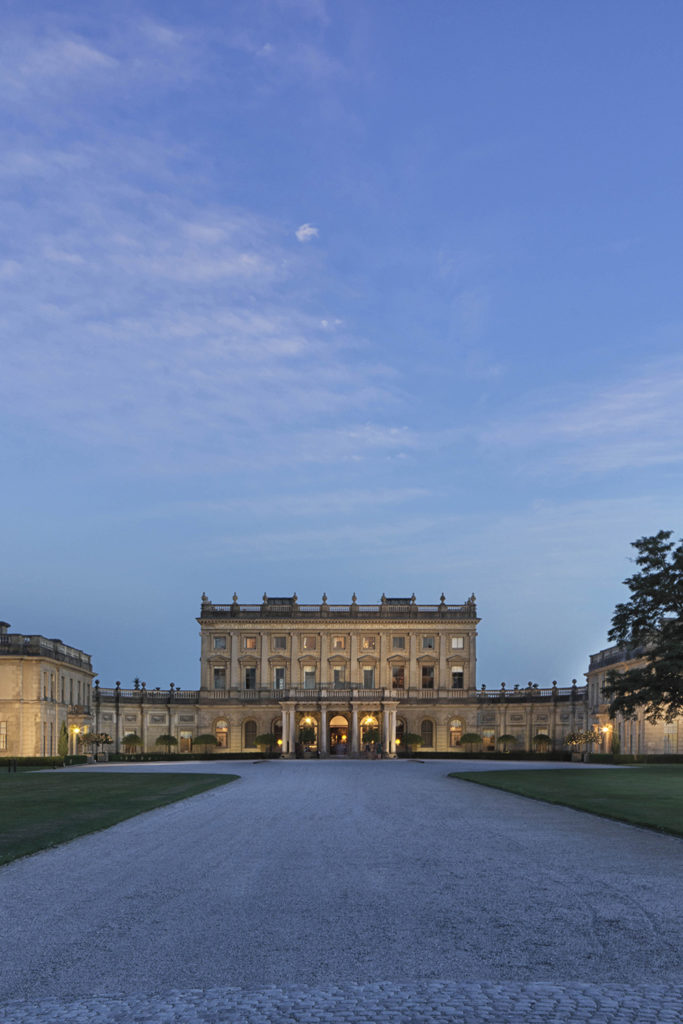Book Review: Earthshot: How to Save Our Planet
By
4 years ago
Stories of hope in the face of climate change
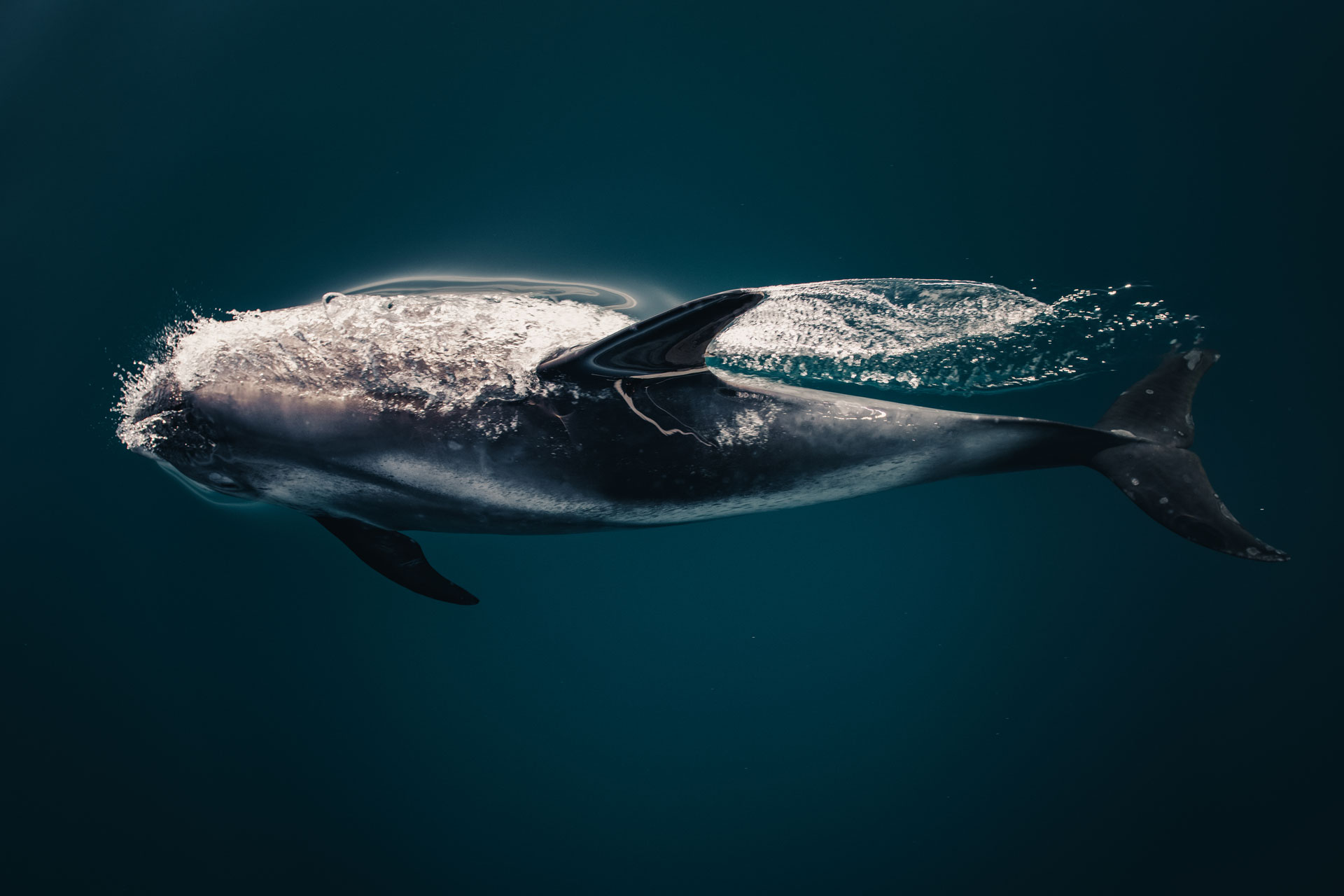
Looking for a solutions-focused perspective on climate change? Earthshot: How to Save Our Planet, by Colin Butfield and Jonnie Hughes (with an introduction from Prince William), is well worth a read. If you’ve been glued to The Earthshot Awards Ceremony, this book is the perfect stepping stone to understanding more about how we can save our planet.
Book Review: Earthshot: How to Save Our Planet
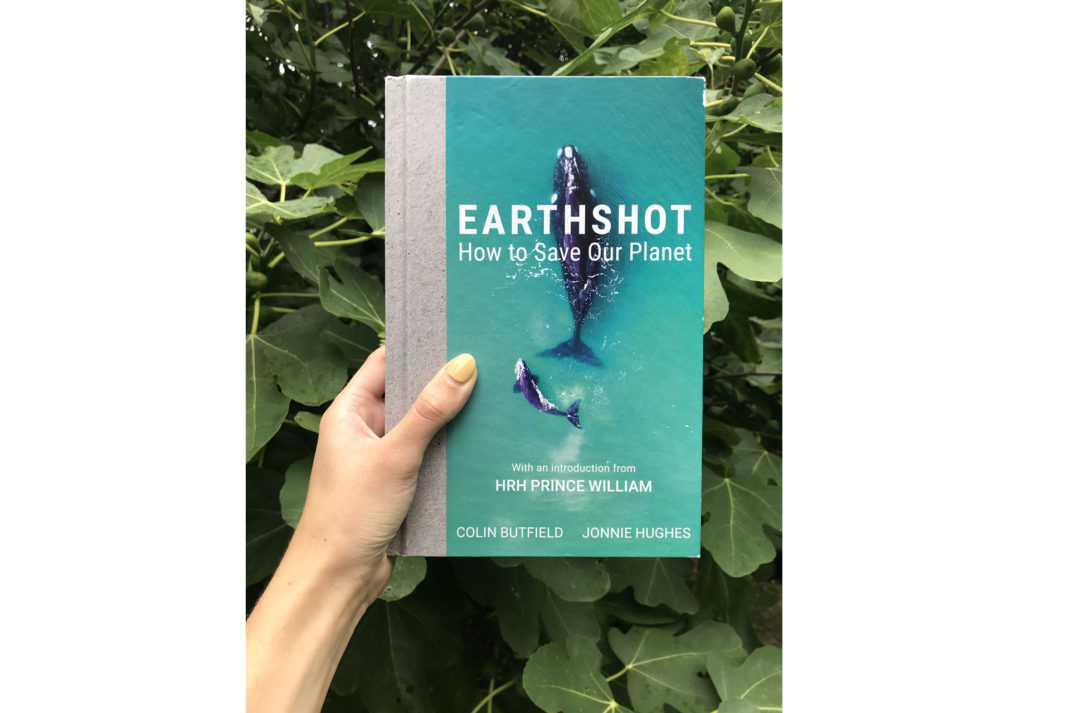
From the IPCC’s 2021 report calling ‘Code Red for Humanity’ to the 24-hour news cycles of pounding the alarm, climate coverage can often feel laden with complexity, eco-anxiety and apocalyptic dread.
Earthshot: How to Save Our Planet feels like a radically optimistic tonic amid the noise. In fact, it makes the case that stubborn optimism is actually the very thing we’re going to need if we’re going to solve this crisis. And it starts with a simple concept they put forward: urgency + optimism = action.
Prince William leads in the introduction admitting that prior to the Earthshot launch he too had been hit ‘by a wave of global pessimism’. What scares him, he reveals, is that solving climate change for many feels ‘too complex, too negative, and too overwhelming’, meaning that many will feel so daunted, they won’t bother trying.
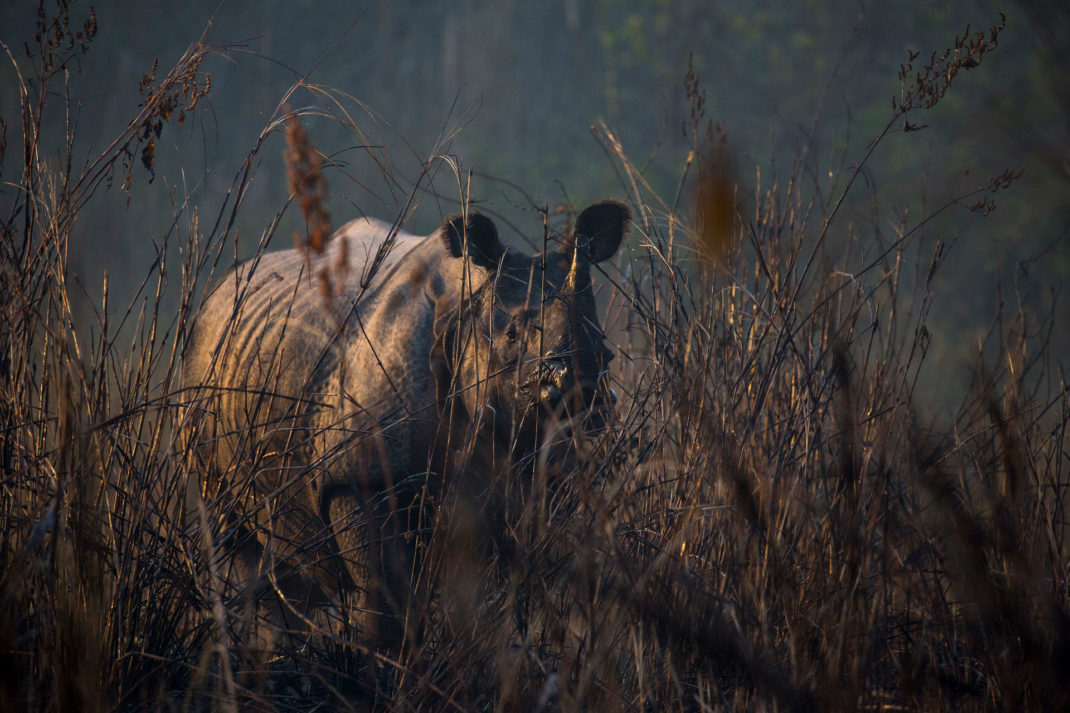
Courtesy of Earthshot: How to Save Our Planet
The book’s premise is to funnel these feelings into action. We often hear stories about what humanity hasn’t done right. But for every story of despair, there’s also one of hope. And throughout the chapters of this book, Butfield and Hughes platform some truly inspiring activists that haven’t been recognised before.
Take Juan Castro. On the pacific coast of Mexico, while diving with his father, Castro saw all of the scars on the reef left by the devastating impact of big trawlers, leaving only a few stretches of coral alive. He managed the seemingly impossible task: to persuade the community of Cabo Pulmo to stop fishing, despite it being their main source of income. For almost ten years they waited. The coral grew back, and fish numbers increased by more than 400 per cent in the no-fish zone. Biologists said it was one of the most dramatic turnarounds witnessed in coastal fishery.
Tales of the individual sit alongside macro events of immense scale that will completely change your preconceived ideas of our relationship with the environment.
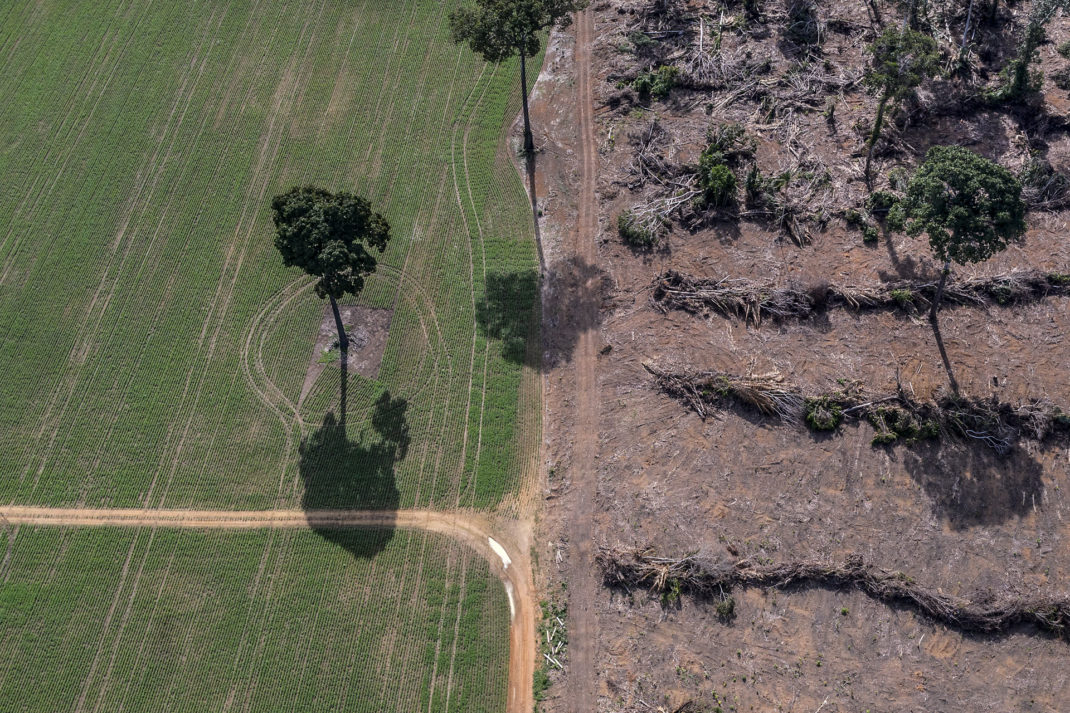
Courtesy of Earthshot: How to Save Our Planet
Our destructive impact over the past few hundred years, for example, has had the same impact caused by the asteroid that saw off the dinosaurs. And we didn’t live in an Eden-like bucolic bliss pre-industrial revolution either; did you know that the earliest instance of deforestation was actually 90,000 years ago?
Such mammoth challenges are broken down into five categories: Protect and Restore Nature, Clean Our Air, Revive Our Oceans, Build a Waste-Free World and Fix Our Climate (which is also how they’ve categorized the Earthshot Prize). Not fearing to face the reality or the complexity of such challenges, Hughes and Butfield do a good job of distilling these problems into clear and accessible writing. Refreshingly, it’s also conscious to point out the social inequities of climate change, platforming the voices, countries and communities that haven’t made the headlines.
Earthshot: How to Save our Planet by Colin Butfield and Jonnie Hughes is out now.
SEE MORE
The Earthshot Prize: Here’s Everything You Need to Know / Must-Read Books on Sustainability
Main Image: Courtesy of Earthshot: How to Save Our Planet



